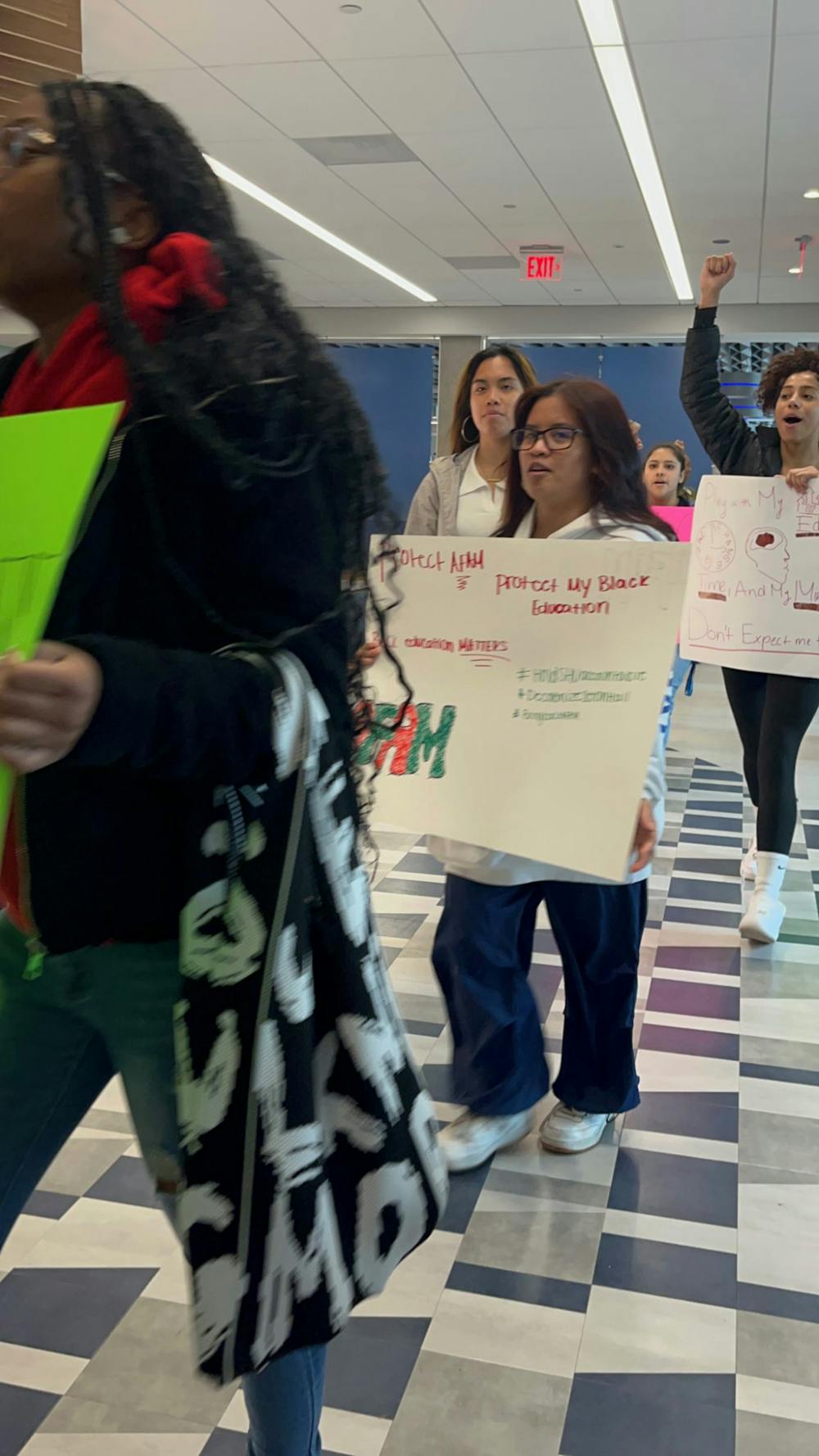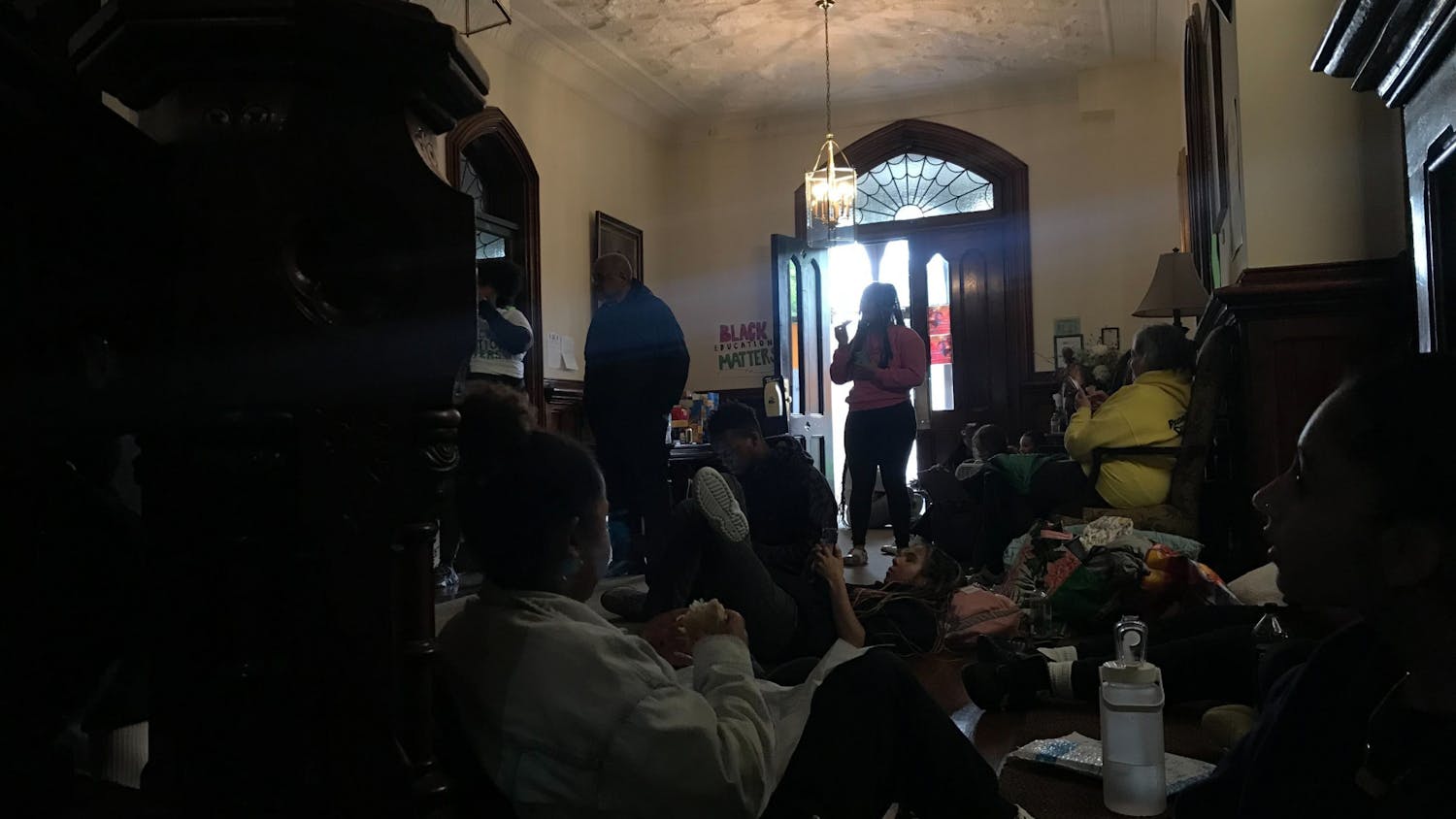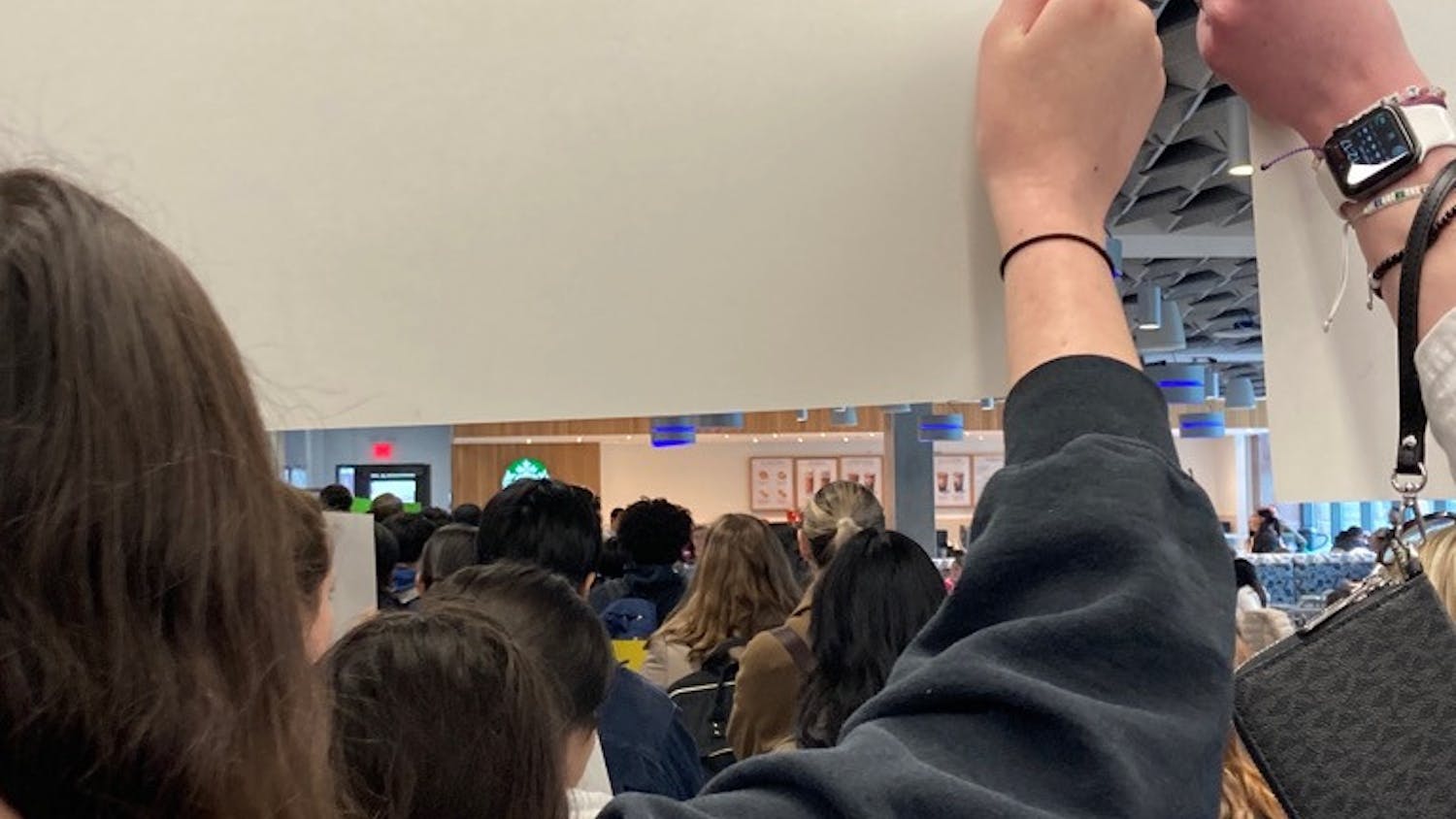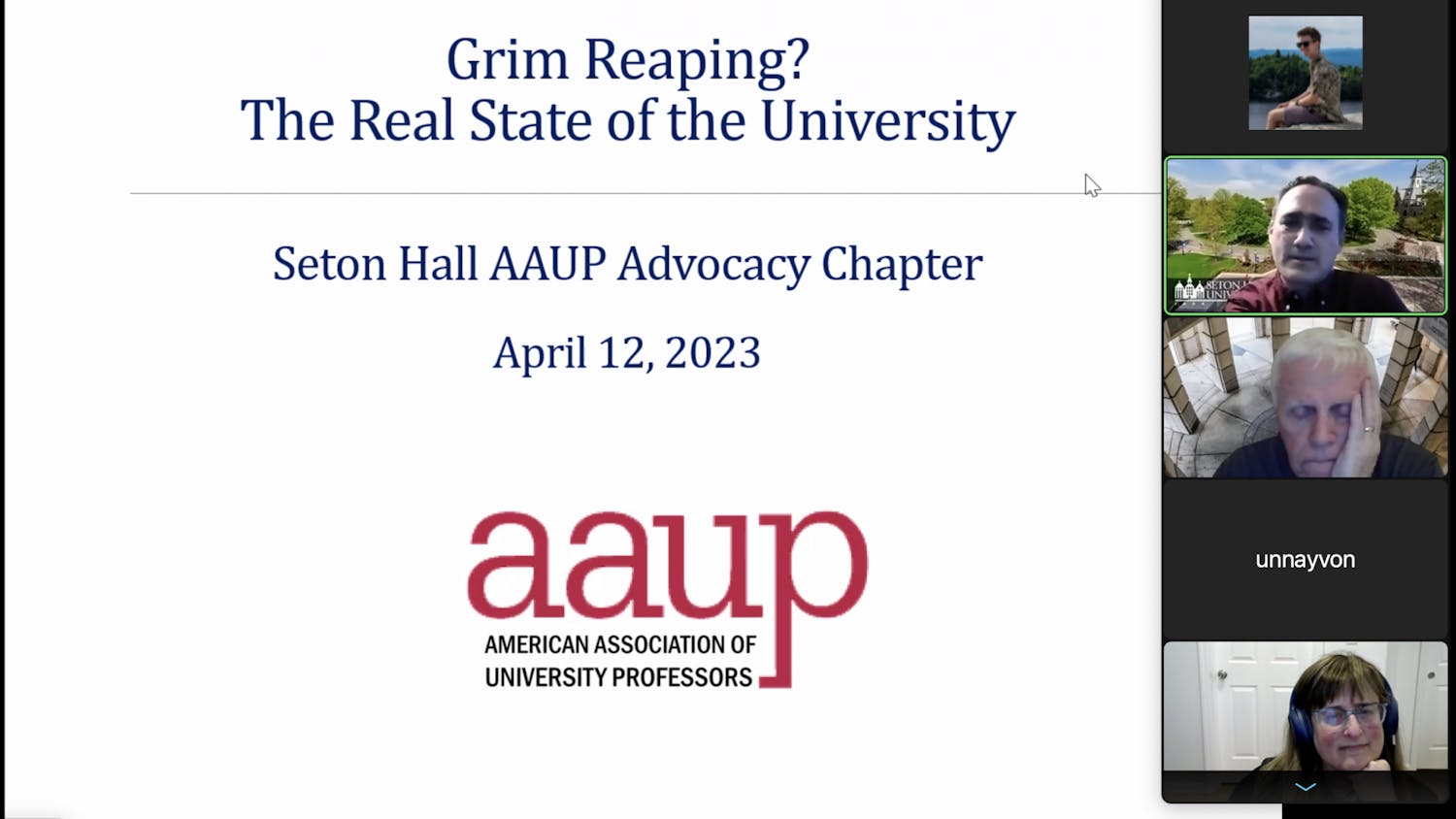On May 1, my time as Editor-in-Chief of The Setonian came to an end. Starting as a staff writer in 2019, I’ve spent as much time as anyone learning and writing about Seton Hall’s administration. Yet for four years, to maintain my personal objectivity, I’ve had to keep my opinions largely to myself.
I’m not going to get into the weeds of the ongoing Protect AFAM protest, its merits or drawbacks. Instead, I posit that Seton Hall’s administration needs to recognize that the protests highlight an ongoing identity crisis at the University.
What is Seton Hall’s primary mission?
This is the key question behind this protest and many other seemingly-unrelated issues that have come up across campus. Is it for the students, the faculty, or the administration? Should Seton Hall focus on the students we have or the students we want? Is Seton Hall for the profitable programs with distinguished alumni (cough, cough… Stillman) or are we to support the pursuit of knowledge for its own sake? How democratic should our community of several thousand be?
One way these questions are being answered is in the University’s protest policy and its enforcement thereof.
“No student protest or other public demonstration shall occur on University property without prior authorization from the Dean of Students,” the policy says. “This includes, but is not limited to, any public meeting, gathering or activity to express views, disagreement, or support regarding a given subject such as a march, parade, protest, picketing, or sit-ins.
“The University is committed to academic freedom and civil discourse. A student protest or other public demonstration may be permitted so long as it is peaceful, non-obstructive and respectful of the University's Catholic mission and the rights of other students, faculty, employees and University guests.”
This policy is so broad as to potentially chill all discourse critical of the University’s administration. If enforced strictly on the Protect AFAM protesters, the administration will be sending a clear message that civil discourse is not valued on campus. The nature of a true protest is that it is disruptive. Unless protesters begin causing tangible physical harm, beyond mere inconvenience for our school's most powerful, highest-paid officials, they should be heard out and granted amnesty.
Even though the protest was not pre-approved by the school.
Let's take a look at some of the draconian requirements for a school-approved protest, shall we?
University-approved protesters cannot post signs anywhere on campus. Approved protests must respect the University’s Catholic mission. They cannot involve community members who are not students. Non-students participating are “subject to immediate removal from University property and/or criminal charges.” For approved protesters who violate any of these rules, suspension or even expulsion is considered.
Protect AFAM is far from the first protest I’ve witnessed on campus. Most protests against the University in recent years were addressed with a few press releases before the administration went ahead with their plans — or some mildly modified version of their plans — once tensions cooled.
With Protect AFAM seemingly ready to keep their protest going, the University may not be able to use its usual tactic of respond-and-ignore. So will they crack down with more ultimatums and threats? Or will they meet the protesters where they are and discuss their demands?
Will they ask themselves what Seton Hall stands for?
It’s a question asked in 1964 when President Rev. Dougherty suspended The Setonian for being too critical of administrative priorities. It's a question asked in 2005 and 2015, after the school's mistreatment of LGBT students and faculty. It’s a question asked in 2019 when administration decided against suspending Williamjames Hoffer, whose controversial comments helped spark the Concerned 44 sit-in. It’s a question asked in 2021 by faculty in CommArts and Education, wondering why their merger was proposed by a committee with faculty representation only from the schools of business and theology. And in 2022, by students accusing their RAs of assault. And last month, by faculty realizing their pay lags behind professors at peer institutions. It’s a question asked today, as President Joseph Nyre, Vice President of Student Services Monica Burnette and Provost Katia Passerini weigh how to move forward with the ongoing sit-in.
Seton Hall is no stranger to protest. Ignoring or condemning protesters has not worked because this question of who Seton Hall is for hasn’t been resolved. Silencing protests against what students perceive as University-sponsored injustice would be deeply unjust, immoral and — dare I say — against the Catholic mission.
It’s time the administration stops blaming others and asks hard questions about why Seton Hall’s students – the people they’ve been hired to serve – feel so disenfranchised that they’re willing to stay in the President’s Hall lobby for days, risking expulsion, to fight for their community. Our community.
As I prepare to graduate from this school that I love, I ask its leaders: Will Seton Hall be a place where student voices are respected or ignored? This place has been a home to me for four years. Can it be a home for everyone?
Nyre, Burnette, Passerini: Our motto is “hazard zet forward,” not “hazard zet backward.”
Daniel O’Connor will graduate in May, with the last class of the College of Communication and the Arts. He can be reached at daniel.oconnor1@student.shu.edu. Find him on Twitter @itsDanOConnor.





